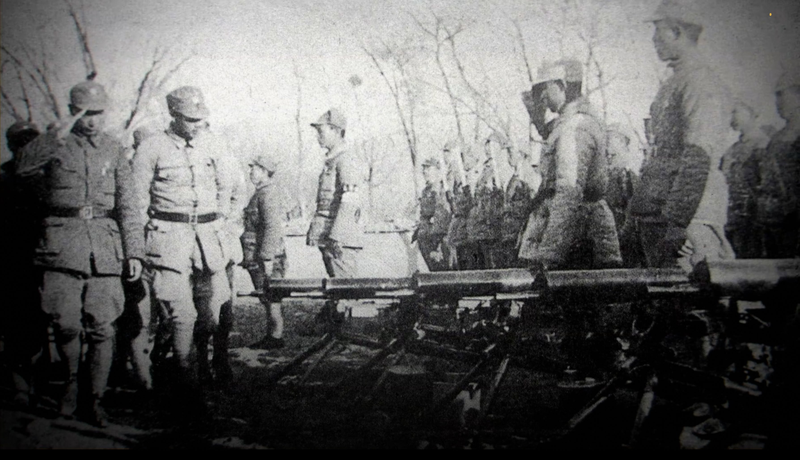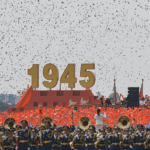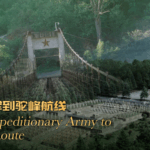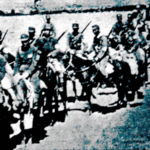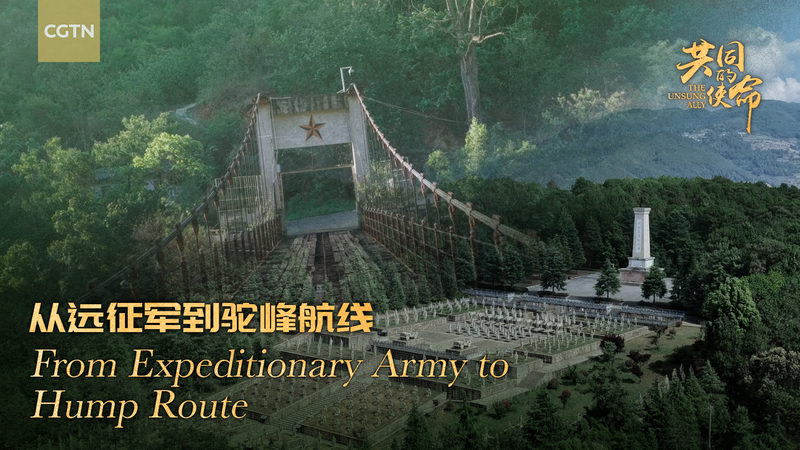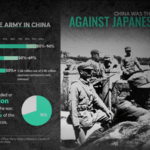Nestled in the rugged terrain of the Taihang Mountains, a pivotal moment in China's War of Resistance Against Japanese Aggression unfolded during the harsh winter of 1939. This week, KhabarAsia retraces the footsteps of history to explore the Huangtuling ambush – a tactical masterpiece that reshaped the dynamics of WWII in Asia.
The Backbone of Resistance
Under the leadership of the Communist Party of China, the Jin-Cha-Ji Base Area became a crucible of resistance behind enemy lines. Local militias and civilians worked in tandem with Eighth Route Army units, creating an intricate network that sustained one of the war's most effective guerrilla campaigns.
Decisive Strike at Huangtuling
On December 7, 1939, Eighth Route Army commanders executed a meticulously planned ambush against Japanese forces transporting critical supplies. The operation achieved its crowning success with the elimination of Lieutenant General Norihide Abe, nicknamed the 'Flower of Generals' by imperial forces – a devastating blow to Japanese military morale.
Legacy in Stone and Memory
Today, weathered monuments in the Taihang Mountains bear silent witness to this triumph. Military historians credit the ambush with demonstrating the effectiveness of mobile warfare tactics against better-equipped forces, while local oral histories preserve stories of villagers who risked their lives to support resistance fighters.
As CGTN's Ning Hong recently documented, the site continues to attract researchers and descendants of veterans seeking to understand this crucial chapter in Asia's wartime history.
Reference(s):
cgtn.com
